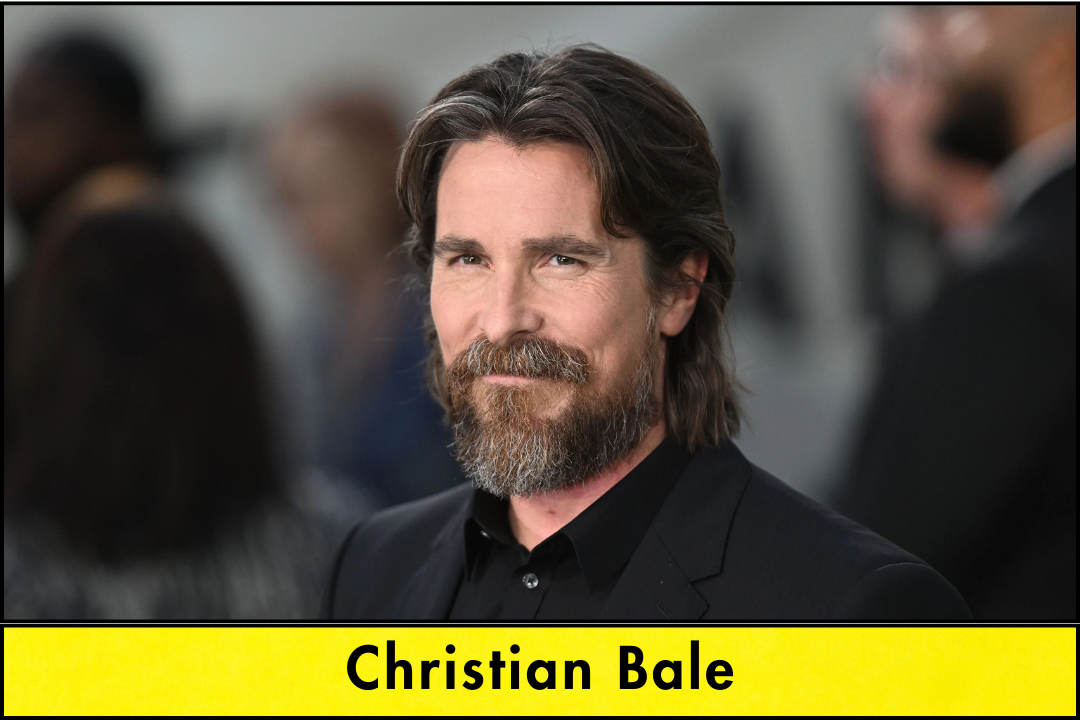Greenland, the world’s largest island, has long been a focal point of geopolitical interest due to its strategic location and abundant natural resources. The 2025 general elections marked a pivotal moment in Greenland’s political landscape, reflecting the island’s aspirations for self-determination amidst external pressures.
Historical Context of Greenland’s Political Landscape
To understand the significance of the 2025 elections, it’s essential to delve into Greenland’s political evolution. Greenland, an autonomous territory within the Kingdom of Denmark, has experienced a growing movement towards independence over the past few decades. This sentiment has been influenced by a desire to manage its resources and assert its identity on the global stage.
The 2025 Election: A Shift Towards Gradual Independence
The 2025 general elections, held on March 11, were a testament to Greenland’s evolving political dynamics. The center-right Demokraatit party emerged victorious, securing approximately 30% of the votes, a significant increase from their previous 9% share in 2021. This outcome signaled a shift towards a more measured approach to independence, focusing on economic stability and sustainable development.
Demokraatit’s Vision: Balancing Independence and Economic Stability
Under the leadership of Jens-Frederik Nielsen, Demokraatit advocates for a gradual path to independence. The party emphasizes the importance of strengthening Greenland’s economy before pursuing full sovereignty. This approach resonates with a significant portion of the population, who, while supportive of independence, are cautious about the economic implications of a swift separation from Denmark.
Naleraq’s Stance: Advocating Immediate Independence
Contrasting Demokraatit’s gradualism, the Naleraq party, led by Hans Enoksen, champions immediate independence. Securing 25% of the vote, up from 12% in the previous election, Naleraq’s platform appeals to those eager to expedite Greenland’s sovereignty. However, concerns about economic sustainability and the capacity to maintain essential services without Danish support temper this enthusiasm.
Decline of Traditional Parties: Inuit Ataqatigiit and Siumut
The 2025 elections also marked a decline for traditional powerhouses like Inuit Ataqatigiit and Siumut. Inuit Ataqatigiit, previously dominant, saw a reduction in support, reflecting shifting public sentiment towards parties with clear stances on independence and economic development. Siumut, another longstanding party, experienced a similar downturn, highlighting the electorate’s desire for change.
External Pressures: The U.S. Interest in Greenland
The election period was overshadowed by external geopolitical interests, notably from the United States. President Donald Trump’s renewed expressions of intent to control Greenland heightened nationalistic sentiments among Greenlanders. Both Demokraatit and Naleraq capitalized on this external pressure, reinforcing their respective independence agendas and rejecting foreign intervention.
Economic Considerations: Resource Management and Foreign Investment
Greenland’s rich natural resources, including rare earth minerals, have attracted global attention. The debate over how to manage these resources is central to the independence discourse. Demokraatit proposes a balanced approach, encouraging foreign investment while ensuring that Greenlanders retain control over their resources. This strategy aims to build a robust economy capable of supporting full independence in the future.
Social Policies: Education, Healthcare, and Cultural Preservation
Beyond the independence debate, social issues played a crucial role in the 2025 elections. Demokraatit’s platform prioritized improvements in healthcare and education, recognizing that a healthy and educated populace is foundational to a thriving nation. Additionally, there was a strong emphasis on preserving Greenland’s unique cultural heritage, ensuring that modernization efforts do not erode indigenous traditions.
Voter Turnout: A Reflection of Democratic Engagement
The 2025 elections witnessed a voter turnout of approximately 71%, a notable increase from previous years. This heightened participation indicates a growing public engagement in Greenland’s political future, reflecting the population’s vested interest in the island’s path towards self-determination.
Coalition Building: Navigating a Fragmented Political Landscape
With no single party achieving an outright majority, coalition-building became imperative. Demokraatit’s leadership in forming a government necessitated negotiations with other parties, balancing the diverse views on independence and economic policies. This process underscores the complexities inherent in Greenland’s political system, where consensus and collaboration are essential.
International Reactions: Global Implications of Greenland’s Elections
The outcome of Greenland’s 2025 elections garnered significant international attention. Countries with strategic interests in the Arctic closely monitored the results, understanding that Greenland’s political direction could impact global shipping routes, resource extraction, and geopolitical alliances. The emphasis on a gradual approach to independence provided a sense of stability, assuaging concerns about abrupt geopolitical shifts.
Environmental Considerations: Sustainable Development in Focus
Environmental sustainability emerged as a critical issue during the elections. Greenland’s fragile ecosystem faces threats from climate change and industrial development. Demokraatit’s platform included commitments to environmentally responsible policies, aiming to balance economic growth with the preservation of the natural environment. This approach aligns with global trends towards sustainable development and resonates with environmentally conscious voters.
Public Sentiment: Independence Aspirations Amidst Economic Realities
Public opinion in Greenland reflects a nuanced perspective on independence. While there is a strong desire for self-determination, many Greenlanders acknowledge the economic challenges that accompany full sovereignty. The 2025 election results indicate a preference for a measured approach, building economic resilience before severing ties with Denmark.
Media Influence: Shaping the Narrative
The role of media in shaping public perception during the elections cannot be understated. Local and international media outlets highlighted the independence debate, external pressures, and economic considerations. This coverage influenced voter opinions and underscored the importance of transparent and responsible journalism in democratic processes.
Future Prospects: Greenland’s Path Forward
The 2025 elections set the stage for Greenland’s future trajectory. The new government’s policies will significantly influence the island’s journey towards independence, economic development, and social progress. The emphasis on gradualism suggests a period of careful planning and nation-building, ensuring that Greenland is well-prepared for the responsibilities of full sovereignty.
FAQs
What was the outcome of Greenland’s 2025 general elections?
The center-right Demokraatit party won the most votes, securing approximately 30% and signaling a shift towards a gradual approach to independence.
How did external pressures, such as U.S. interest, influence the elections?
President Trump’s renewed intent to control Greenland heightened nationalistic sentiments, influencing parties’ independence agendas and voter preferences.
What are the main differences between Demokraatit and Naleraq regarding independence?
Demokraatit advocates for a gradual path to independence, focusing on economic stability, while Naleraq pushes for immediate sovereignty.
How did traditional parties like Inuit Ataqatigiit and Siumut fare in the elections?
Both parties experienced declines, reflecting a shift in public sentiment towards parties with clear stances on independence and economic development.
What role did environmental issues play in the 2025 elections?
Environmental sustainability was a critical issue, with parties emphasizing the need to balance economic growth with the preservation of Greenland’s natural environment.






